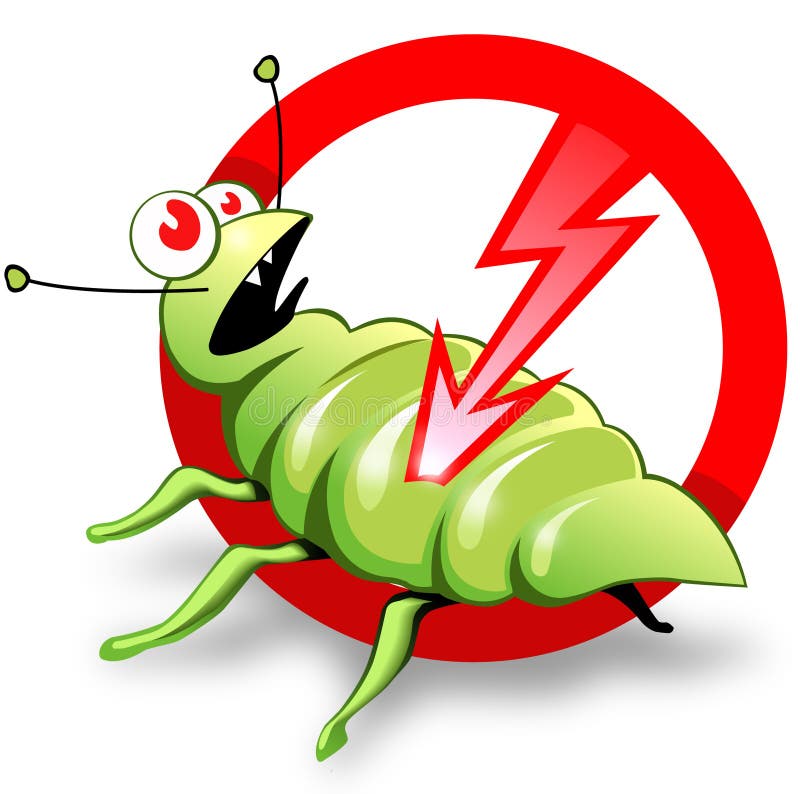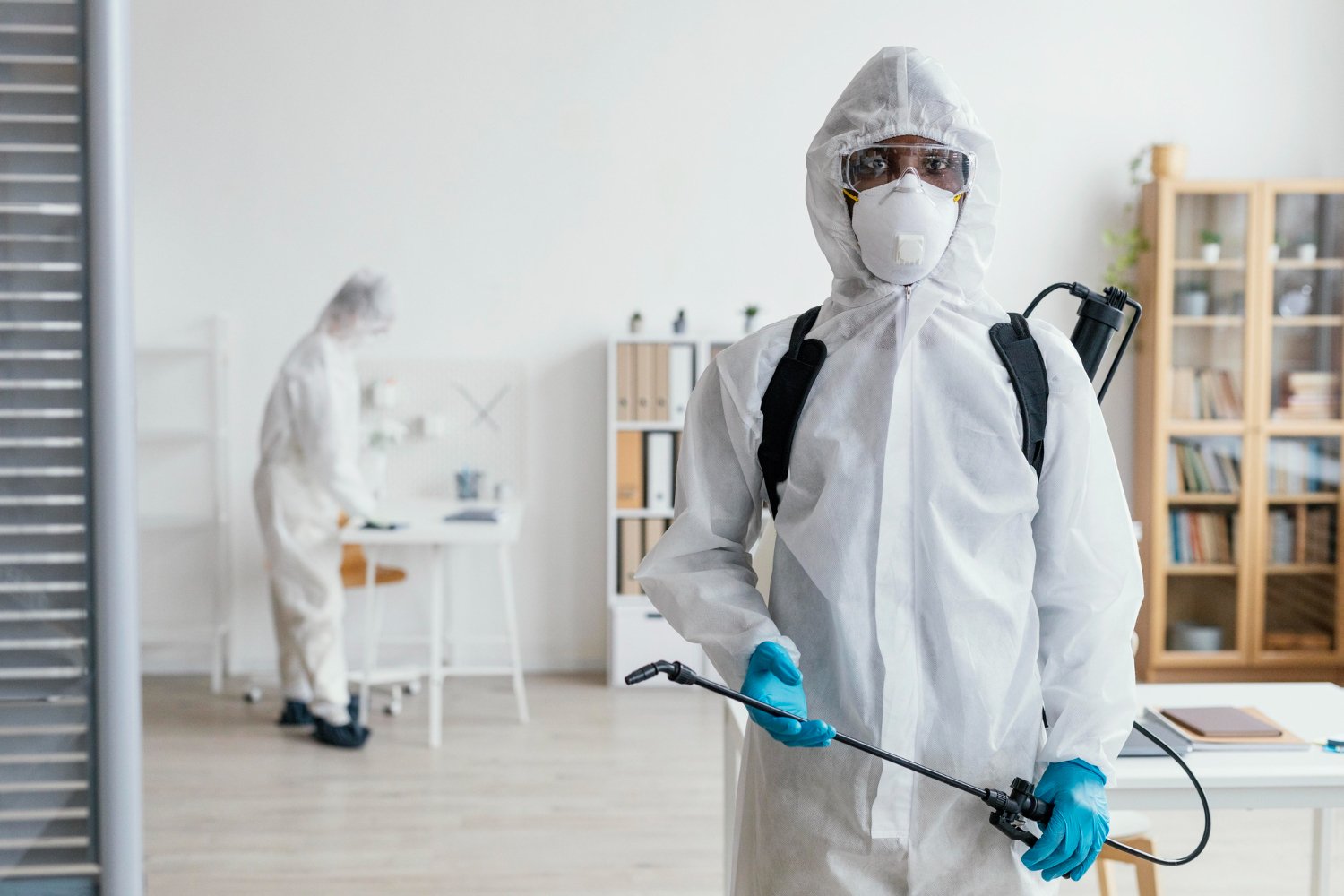Expert Pest and Rodent Removal by Pest Control Lockhart
Expert Pest and Rodent Removal by Pest Control Lockhart
Blog Article
Exploring Problem and Treatment Strategies in the Globe of Insect Control
The landscape of pest control incorporates a myriad of difficulties, specifically as invasions of common family insects remain to develop. Understanding the habits and reproductive patterns of these nuisances is critical for establishing reliable treatment approaches. By incorporating safety nets with innovative management techniques, such as Integrated Parasite Management (IPM), home owners can better secure their environments. Nevertheless, the effectiveness of these techniques might vary considerably based upon specific scenarios. What underlying aspects add to the success or failure of these techniques in various setups?

Usual Household Pests
When it concerns managing our living areas, comprehending usual house parasites is crucial. These pests not only disrupt our comfort but can also pose health risks and damage residential or commercial property. The most prevalent household pests include ants, roaches, rats, termites, and bed insects.
Ants, commonly seen foraging in cooking areas, can infect food and establish large colonies. Cockroaches, recognized for their strength, can cause allergic reactions and spread microorganisms. Rodents, including computer mice and rats, can create architectural damage and carry conditions like hantavirus and salmonella. Termites, usually described as "quiet destroyers," can compromise the integrity of wood frameworks, resulting in costly fixings. Bed pests, although not illness carriers, can create significant discomfort via their bites and lead to emotional distress.
Acknowledging the indicators of these bugs, such as droppings, nests, or bite marks, is crucial for early treatment (Pest Control Lockhart). Appropriate sanitation methods, sealing entrance points, and preserving a clutter-free environment are reliable preventative measures. By recognizing these common family pests and comprehending their behaviors, property owners can take proactive actions to mitigate problems, ensuring a much healthier living environment
Comprehending Parasite Infestations
Bug problems can rise quickly, turning a minor inconvenience into a considerable issue if not attended to without delay. Usual factors adding to infestations consist of inadequate hygiene, architectural susceptabilities, and seasonal adjustments that drive parasites inside.
Recognizing the kind of parasite is essential, as various varieties show diverse actions and reproductive prices. Rodents may develop nests in surprise locations while bugs like cockroaches thrive in wet settings. Early detection frequently depends upon identifying indicators such as droppings, chomp marks, or unusual sounds, which can show an issue before it becomes extreme.
Environmental conditions additionally play a crucial function in pest spreading. Warm, humid environments can assist in the rapid development of bug populations, while adjustments in landscaping or construction can accidentally produce conducive settings. Regular examinations and preventative steps are paramount to alleviating the risk of invasions. An informed technique to understanding these characteristics prepares for reliable pest administration techniques in the future.
Treatment Approaches and Strategies
Effective treatment techniques and strategies are important for alleviating parasite infestations and restoring a risk-free setting. A complex approach is frequently best, integrating chemical, organic, and mechanical approaches customized to the specific insect and the seriousness of the invasion.
Chemical treatments consist of the usage pop over to this web-site of pesticides and herbicides, which can properly remove pests. Appropriate application and adherence to security guidelines are essential to reduce risks to humans and non-target organisms. Integrated Pest Management (IPM) urges the wise usage of chemicals as a last option, depending instead on monitoring and threshold degrees to establish treatment requirements.
Organic control techniques involve presenting natural killers or parasites to minimize insect populaces. This technique is increasingly preferred, especially in agricultural setups, as it promotes ecological sustainability.
Mechanical methods, such as catches and barriers, give instant remedy for bugs without introducing chemicals. Choices include sticky traps for pests or physical barriers for rats.
Eventually, the selection of treatment approach ought to take into consideration the particular parasite, the environment, and possible impacts on human health and wellness and communities. A well balanced combination of these methods can successfully handle problems while advertising long-term bug control solutions.
Safety Nets for Homes
Proactively attending to parasite issues before they intensify is vital for keeping a healthy home atmosphere (Pest Control Lockhart). Carrying out effective safety nets can significantly decrease the probability of problems, inevitably safeguarding both your residential property and health

Appropriate landscaping likewise plays a vital function in avoidance. Keeping bushes and trees trimmed away from your house decreases the chances of pests finding their means inside. In addition, make certain that water drainage systems are working effectively to stop standing water, which can attract mosquitoes and various other bugs.
Finally, routine inspections are suggested. On a regular basis looking for signs of pest task permits very early Visit Your URL treatment. By adopting these safety nets, property owners can create a setting that is less hospitable to bugs, thus boosting their general lifestyle and browse around this site lowering the requirement for extensive bug control interventions.
Business Insect Control Approaches
A detailed approach to industrial pest control is necessary for organizations intending to maintain a secure and hygienic atmosphere. Reliable techniques entail a combination of routine inspections, worker training, and the execution of Integrated Pest Administration (IPM) practices.
Routine examinations enable early discovery of pest activity, enabling prompt intervention. Services need to develop a routine timetable for these analyses, concentrating on high-risk areas such as cooking areas, storage space rooms, and waste disposal websites. Staff member training is equally important; personnel needs to be educated on the signs of insect problems and the relevance of reporting them instantly.
Carrying out IPM methods aids minimize pest issues sustainably. This includes habitat adjustment, such as sealing entrance points and minimizing mess, along with using all-natural deterrents prior to considering chemical therapies.

In addition, teaming up with a qualified parasite control provider ensures access to expert knowledge and innovative therapy options. This partnership can cause personalized insect control prepares tailored to the specific needs of business, minimizing threats and boosting general effectiveness. Ultimately, a proactive and informed strategy cultivates a pest-free atmosphere, protecting both public health and organization online reputation.
Final Thought
In final thought, reliable pest control requires a comprehensive understanding of typical house insects and their actions, coupled with targeted treatment approaches. Implementing precautionary measures alongside therapy approaches such as Integrated Insect Monitoring and organic control enhances the capability to minimize infestations.
Report this page